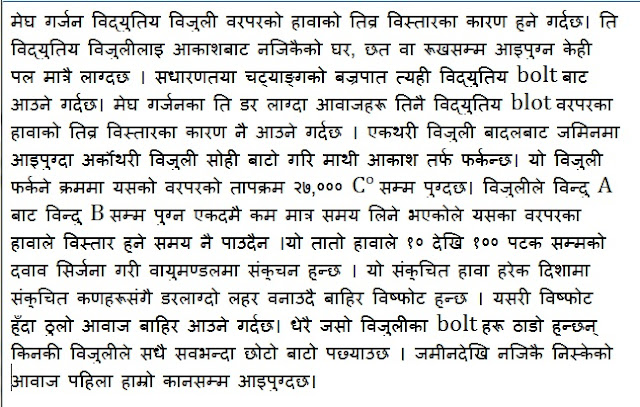
Thunder is cased by the rapid expansion of the air surrounding the path of a lighting bolt.From the clouds to a nearby tree or roof, a lightning bolt takes only a few thousands of a second to split through the air. The loud thunder that follows the lightning bolt is commonly said to come from the bolt itself.
However, the grumbles and growls we hear in thunderstorms actually come from the rapid expansion of the air surrounding the lightning bolt.As lightning connects to the ground from the clouds, a second stroke of lightning will return from the ground to the clouds, following the same channel as the first strike. The heat from the electricity of this return stroke raises the temperature of the surrounding air to around 27,000 C° (48,632 F°). Since the lightning takes so little time to go from point A to point B, the heated air has no time to expand. The heated air is compressed, raising the air from 10 to 100 times the normal atmospheric pressure. The compressed air explodes outward from the channel, forming a shock wave of compressed particles in every direction.
Like an explosion, the rapidly expanding waves of compressed air create a loud, booming burst of noise.Because electricity follows the shortest route, most lightning bolts are close to vertical. The shock waves nearer to the ground reach your ear first, followed by the crashing of the shock waves from higher up. Vertical lightning is often heard in one long rumble. However, if a lightning bolt is forked, the sounds change. The shock waves from the different forks of lightning bounce off each other, the low hanging clouds, and nearby hills to create a series of lower, continuous grumbles of thunder.






